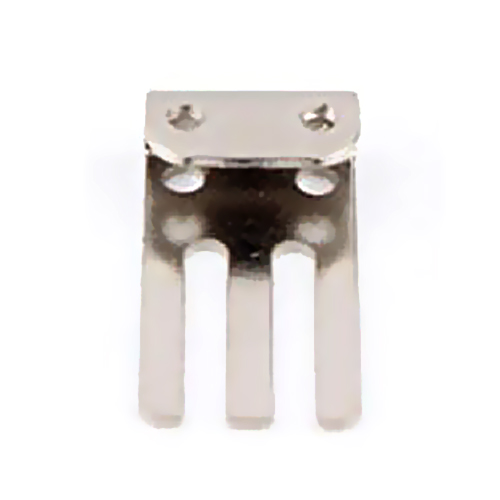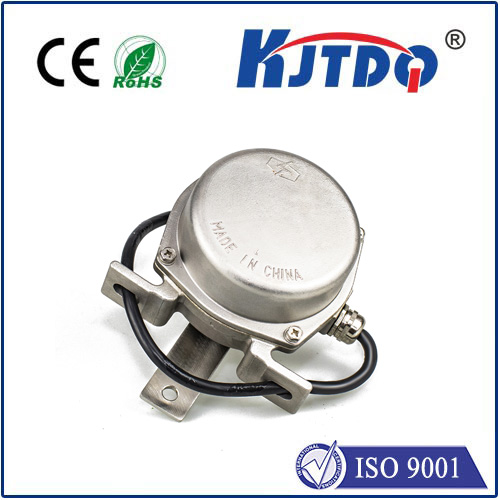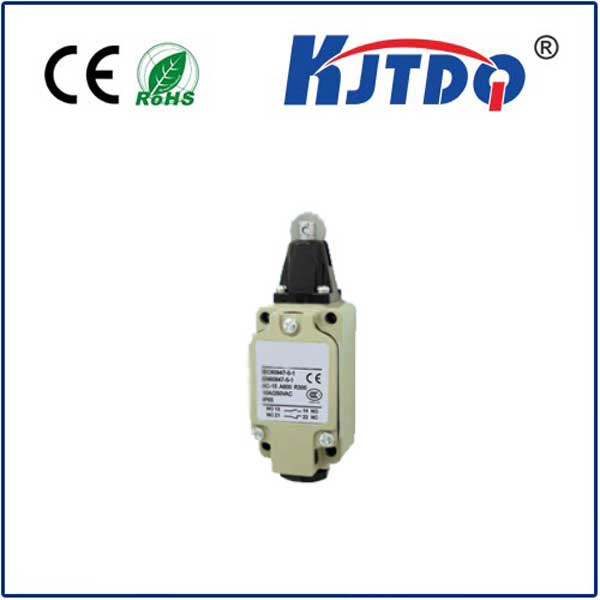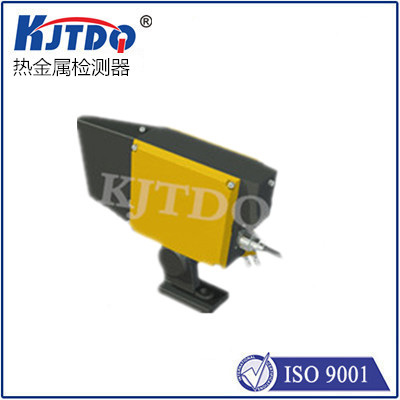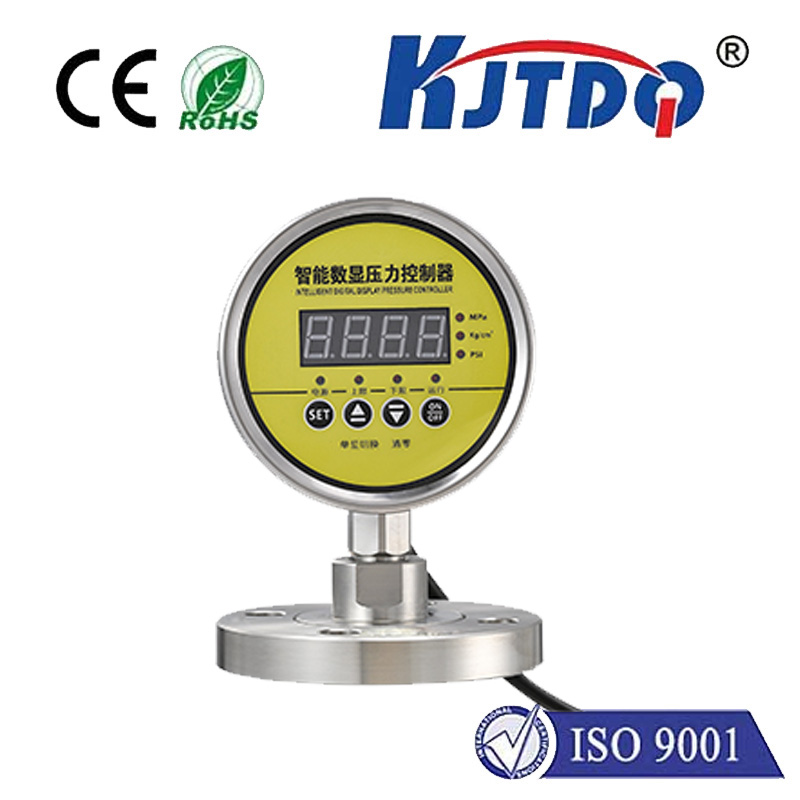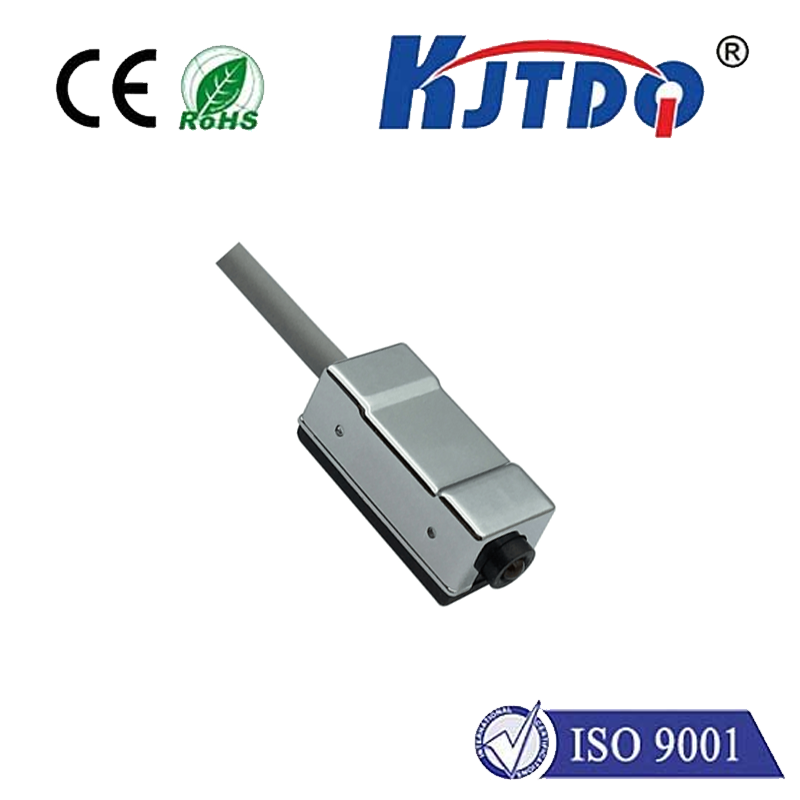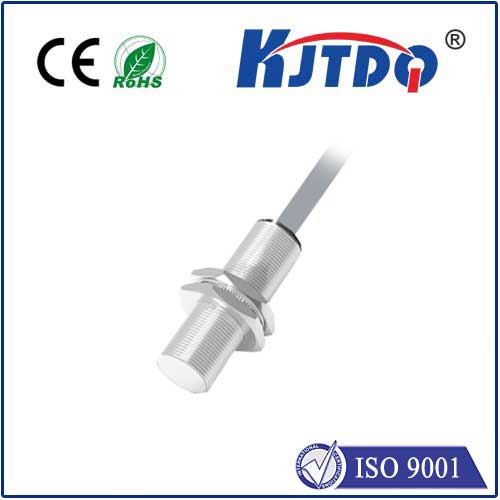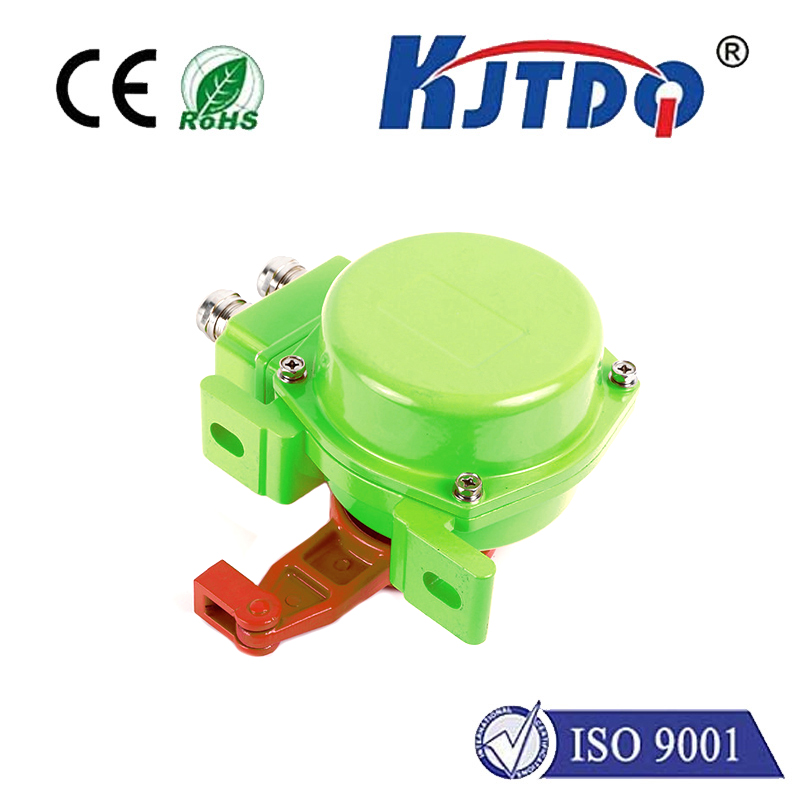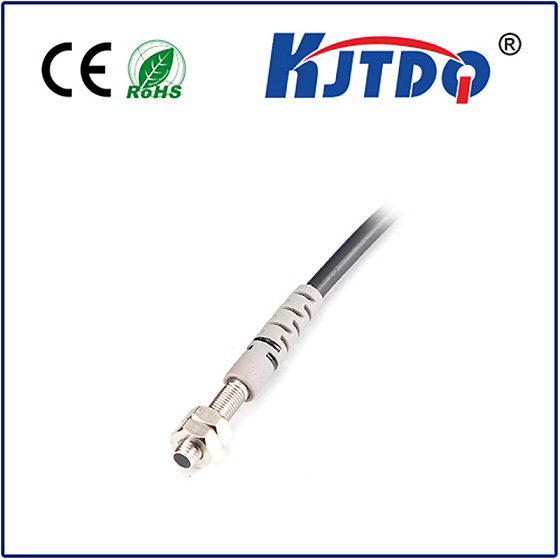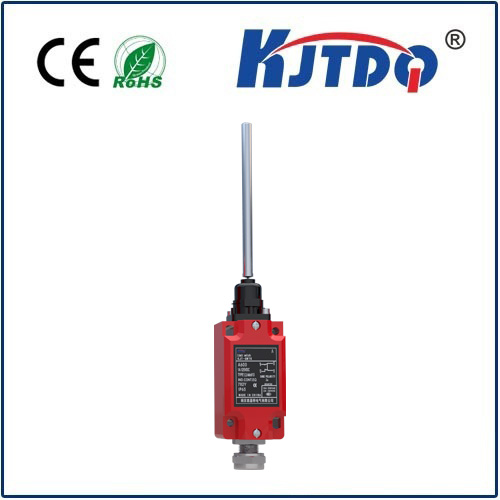

check

check

check

check

check

check

check

check

check

check
Exploring the High Temperature Proximity Sensor: A Versatile Tool for Industrial Applications
Introduction
The high temperature proximity sensor is a vital component in various industrial applications, providing accurate and reliable measurements under extreme conditions. This article will delve into the features, benefits, and applications of high temperature proximity sensors, highlighting their importance in enhancing productivity and safety in industries worldwide.
Working Principle of High Temperature Proximity Sensors

High temperature proximity sensors operate on the principle of inductive sensing, where an oscillating circuit within the sensor generates an electromagnetic field. When a metal target comes within range, it alters the field, causing changes in the oscillation frequency that are detected and processed to determine the target's presence and position. These sensors are designed to withstand high temperatures without compromising performance or accuracy.
Benefits of High Temperature Proximity Sensors
One of the primary advantages of high temperature proximity sensors is their ability to function effectively in environments exceeding standard operating temperatures. By resisting thermal stress, they ensure continuous monitoring and control over critical processes, reducing downtime and maintenance costs. Additionally, these sensors offer non-contact measurement, eliminating wear and tear associated with physical contacts, thus extending their service life.
Applications of High Temperature Proximity Sensors
High temperature proximity sensors find extensive use in several industries such as automotive, steel manufacturing, glass production, and more. In automotive engines, they monitor components like crankshaft positions even when subjected to extreme heat. In steel manufacturing, they play a crucial role in tracking the movement of molten metals at high temperatures. Similarly, in glass production facilities, these sensors aid in monitoring the glass molding process without interference from high temperatures.
Integration with Industrial Automation Systems
The integration of high temperature proximity sensors with industrial automation systems enhances overall efficiency by providing real-time data for process control and optimization. They can interface with Programmable Logic Controllers (PLCs) and Supervisory Control and Data Acquisition (SCADA) systems, allowing for automated decision-making and precise control over machinery operations. This seamless integration not only reduces human error but also promotes consistent quality output.
Conclusion
In conclusion, high temperature proximity sensors have become indispensable tools for industries grappling with harsh environments. Their durability, precision, and adaptability make them ideal for a wide range of applications requiring accurate measurements under extreme conditions. As technology continues to advance, we can expect further innovations that will expand the capabilities of high temperature proximity sensors, solidifying their position as essential components in industrial settings.
